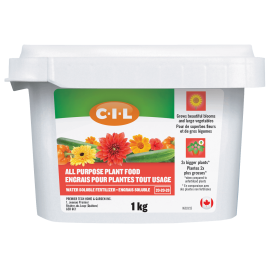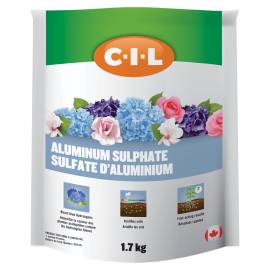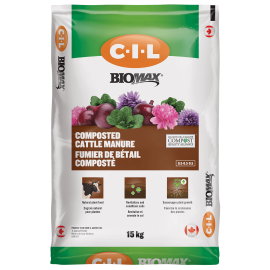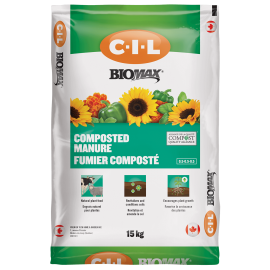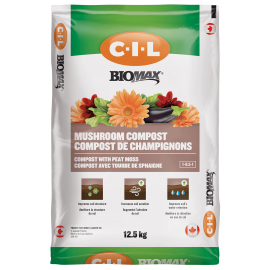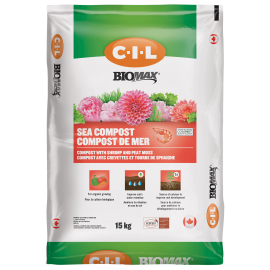How to Grow Blueberries in Containers in 3 simple steps
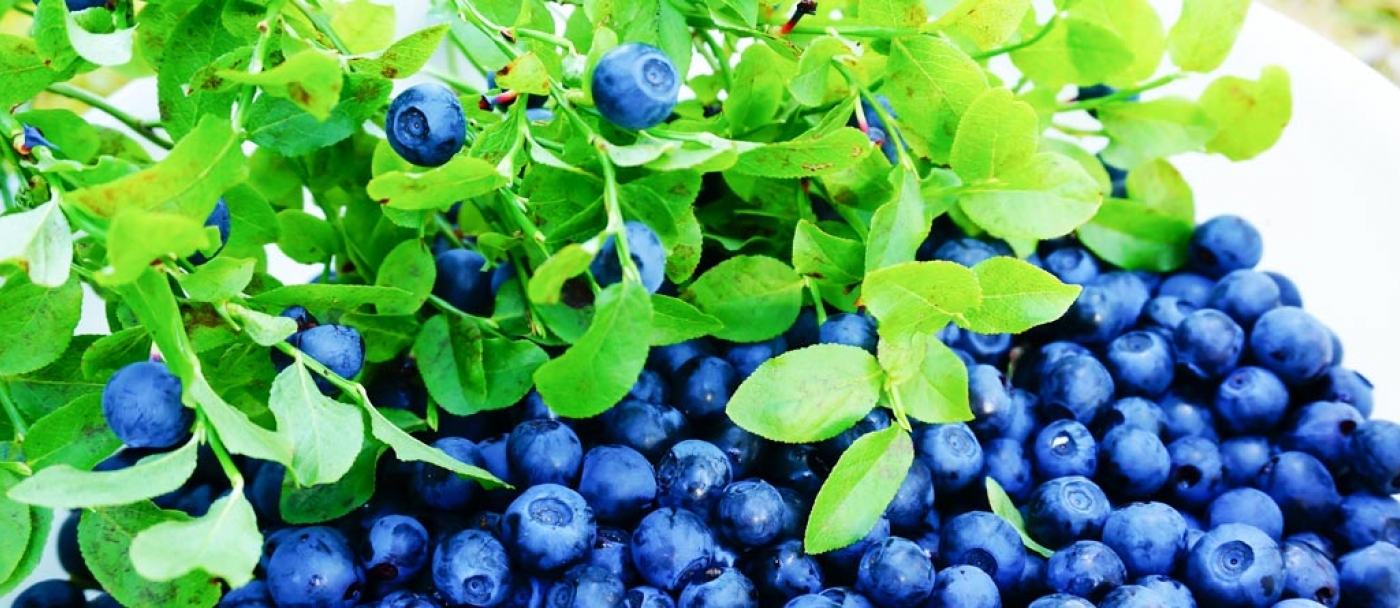
Blueberries are rich in fiber, calcium, magnesium, potassium, vitamin C and other nutrients, and the beautiful bluish-purple berries are delicious, too. Fortunately, you don’t need a lot of space to grow blueberries, and the shrubs are perfect for containers.
Here are a few simple tips to get you started so you can harvest an abundance of plump blueberries.
1. Preparing the Container

To accomodate blueberries, use a container with a depth of at least 46 cm. Fill the container about two-thirds with a potting mix formulated for acid-loving plants like rhododendrons, camellias or azaleas. This is important because blueberries need acidic soil. If you can’t find the right product, mix a fertilizer for acid-loving plants into the potting mix.
2. Planting Blueberries in Containers
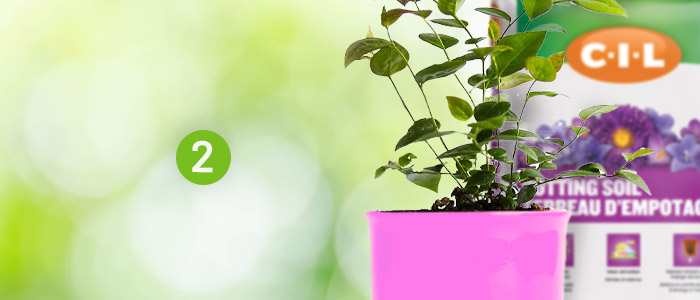
Blueberries need at least one blueberry bush of a different variety within fairly close proximity to provide pollination, and two nearby shrubs are even better. All will produce more fruit, and the harvest season will be extended.
Choose the right blueberry for your climate. Good choices for Canada’s chilly winters include Northern Highbush, a hardy plant that produces an abundance of plump, sweet berries. Another good choice is Northsky, an extremely cold-tolerant plant that produces firm, small berries in midsummer.
Be sure to place the container where the bushes receive full sun for at least six to eight hours per day.
3. Caring for Potted Blueberries
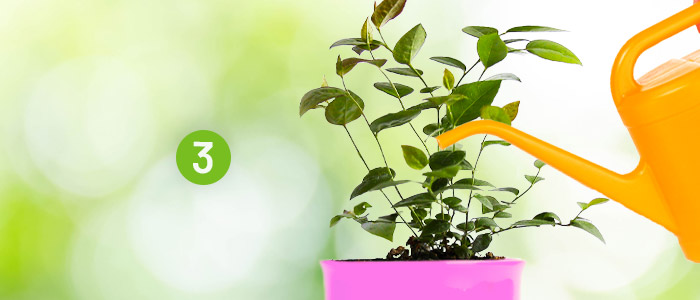
Water as needed to keep the potting mix evenly moist but never soggy. A layer of compost topped by a layer of acid-rich material like pine bark or pine needles will support the acidic level, help retain moisture, and keep the roots cool on hot afternoons. Check the plant often, as potting mix in containers dries out quickly in warm weather.
Blueberries don’t need a lot of fertilizer, and application of a slow-release plant food in early spring is usually sufficient. Potting mix leaches out fertilizer quickly, however, so you might want to provide about half of the recommended amount in spring, then again in midsummer.
Cover the shrubs with netting a couple of weeks before harvest to protect ripening berries from hungry birds.
Blueberries in containers need protection during the winter, so move the containers into a shed or garage. You can also bury the container in the ground, then mulch heavily and cover the shrub with burlap. Plants are dormant during this time, but they may need a little water occasionally so they don’t become bone dry.
